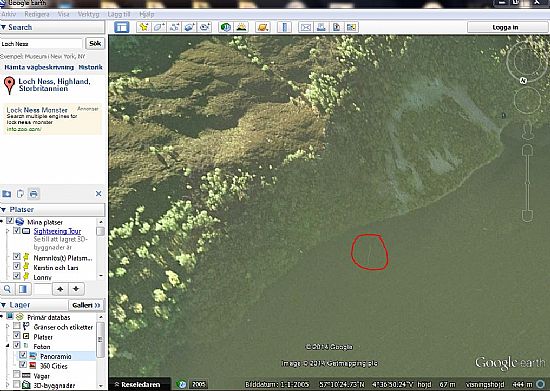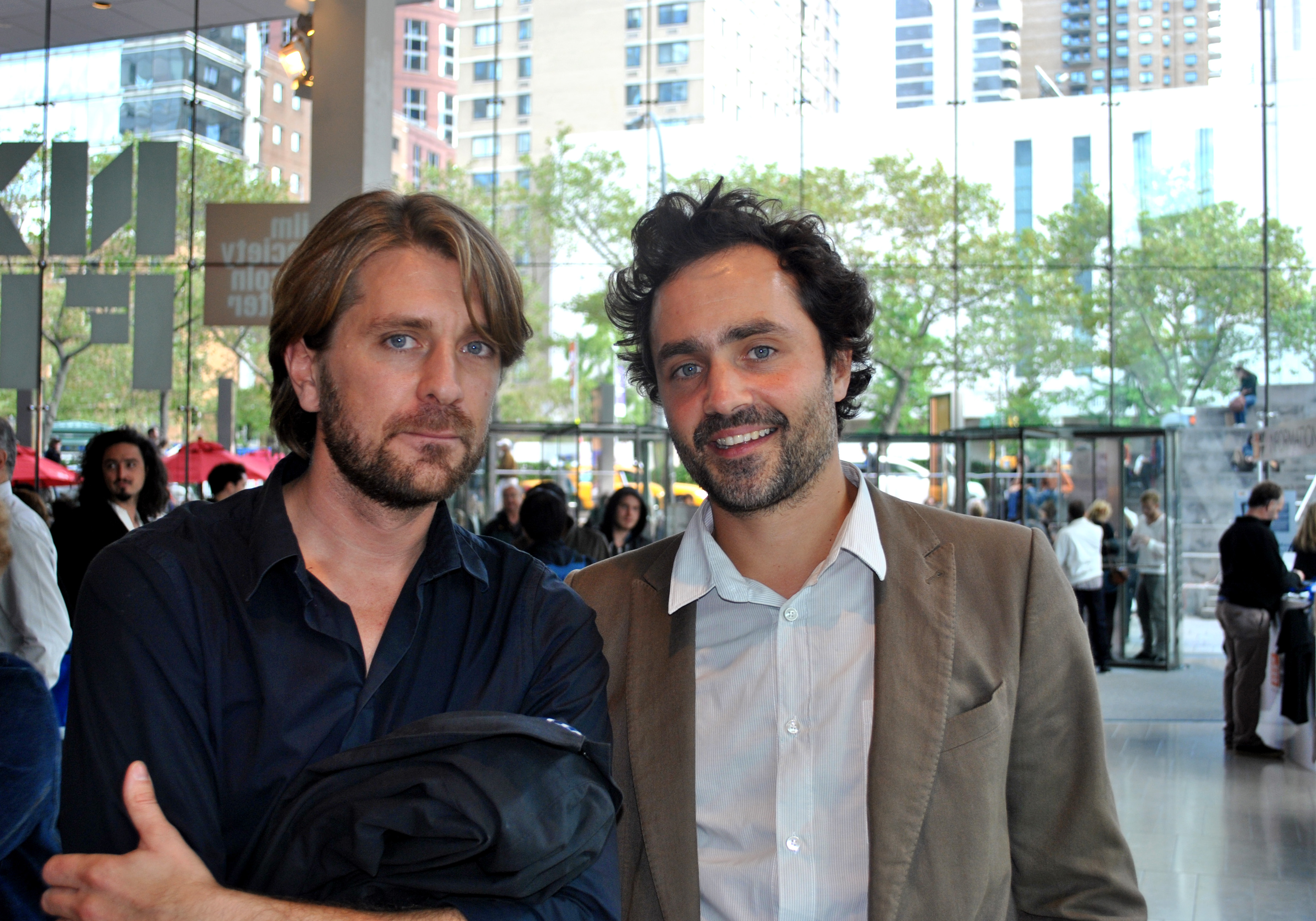Swedish News:
Swede ‘proves’ Nessie exists. Spotify hits 15 million subscribers.
-
 The image of Nessie (seen here) can be viewed on Google Earth and Google Maps at 57°10'25.30"N, 4°36'53.53"W
The image of Nessie (seen here) can be viewed on Google Earth and Google Maps at 57°10'25.30"N, 4°36'53.53"W -
-
Swede 'proves' Nessie exists
Swedish monster-spotter Bjarne Sjoestrand of Stockholm has won a £2,000 ($3,042) prize for Best Loch Ness Monster sighting of 2014. The Stockholm native never visited the Scottish lake, however. He won with a photo from Google Earth he downloaded while sitting in his Stockholm apartment in April 2014. He reported the image after being inspired by images that were publicized earlier in the year.
Lochness Sightings says that analysis show the object to be around 100 feet long. This puts it at the same size as earlier images but it doesn’t appear to be moving with speed in Sjöstrand’s shot. The image can be viewed on Google Earth and Google Maps at 57°10'25.30"N, 4°36'53.53"W. www.lochnesssightings.com -
 Ruben Östlund and Erik Hemmendorff (producer). Swedish writer-filmmaker Ruben Östlund is one of Sweden’s foremost young filmmakers. He began making ski films and was accepted to film school in Göteborg. His earlier films include The Guitar Mongoloid (2004), Involuntary (2008), the short film Incident by a Bank (2010) and Play (2011). Photo: Hanna Aqvilin
Ruben Östlund and Erik Hemmendorff (producer). Swedish writer-filmmaker Ruben Östlund is one of Sweden’s foremost young filmmakers. He began making ski films and was accepted to film school in Göteborg. His earlier films include The Guitar Mongoloid (2004), Involuntary (2008), the short film Incident by a Bank (2010) and Play (2011). Photo: Hanna Aqvilin -
-
Spotify hits 15 million subscribers
Swedish music streaming service Spotify has said it now has 15 million paying subscribers. The expanding startup revealed on Jan. 12 it had added 2.5 million subscribers since November — a timely boost to the company's controversial model, according to analysts. Rumors say the unlisted company plans to go public.
At the end of 2014, Spotify said it had 60 million users of whom 15 million were paying subscribers, compared to 40 million active users and 10 million subscribers in May. The streaming service has become a major powerbroker in the music industry since its U.S. launch in 2011, drawing criticism from the likes of American pop star Taylor Swift and propelling lesser-known artists into the spotlight. Spotify has pioneered a two-tier service — called "freemium" by the music industry — that lets users stream an extensive catalogue for free with advertising, while subscribers pay $9 to $12 a month for ad-free music listening. Mobile and smartphone users, however, do not have a free option.
Although the company says 70 percent of its revenue goes to the music industry, it has been criticized for the small part that ends up in artists' pockets. -
-
